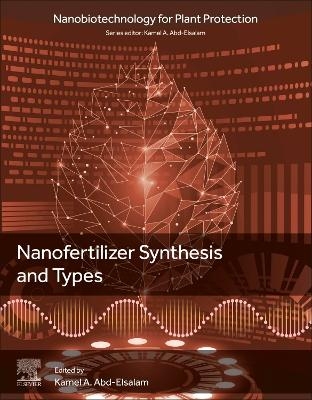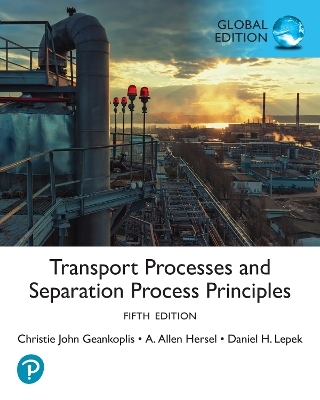
Nanofertilizer Synthesis: Methods and Types
Elsevier - Health Sciences Division (Verlag)
978-0-443-13535-4 (ISBN)
Prof. Kamel A. Abd-Elsalam, Ph.D., is currently a research professor at the Plant Pathology Research Institute, Agricultural Research Center, Giza. Kamel earned his Ph.D. in Molecular Plant Pathology from Christian Alberchts University of Kiel (Germany) and Suez Canal University (Egypt). Dr. Kamel’s research interests include developing, improving, and deploying plant biosecurity diagnostic tools; understanding and exploiting fungal pathogen genomes; and developing eco-friendly hybrid nanomaterials for controlling toxicogenic fungi, plant diseases, and agroecosystems applications. He published 20 books related to nano-biotechnology applications in agriculture and plant protection. Since 2019, he has served as the Editor-in-Chief of the Elsevier book series “Nanobiotechnology for Plant Protection. He also serves as the Series Editor of the Elsevier book series “Genome Modified Plants and Microbes in Food and Agriculture.
1. Nanofertilizers for sustainable agriculture: Note from the editor
2. Types of nanofertitlzers
3. The production of nanofertilizers using physical and chemical methods?
4. Biosynthesis of Nanofertilizers
5. Inorganic nanofertilizers production and characterization
6. Hybrid Nanofertilizer
7. Nanoclay and Zeolite based Nanofertilizers
8. Bionanoparticles as a safe fertilizer
9. Biopolymers based nanofertilizers
10. Chitosan nanoparticles fertilizers
11. Nitrogen-based nanofertilizers
12. NPK?nanofertilizers
13. Sulfur, and magnesium-based nanofertilizers
14. Silver-based nanofertilizers
15. Zinc-based nanofertilizers
16. Carbon nanotubes fertilizers
17. Cu-based nanofertilizers
18. Phosphorus?nanofertilizer
19. Fertilizers nano bio and or nanoencapsulations
20. Synthesis of trace elements loaded nano-fertilizers and their benefits in agriculture
21. Micro Nano-Biochar fertilizers
22. Physiological and Molecular basis of seed priming with nano materials
23. Nano-stabilizers for growth improvement.
24. Nanomaterial based controlled release fertilizers
25. Mode of action of nanofertilizers and their role in nutrient budgeting: Quality and attribute perspectives
26. Methods of formulating and producing nanofertilizers
27. Nano-fertilizers: Types and Mechanisms
28. Economic and commercialization aspects of nonfertilizer applications
| Erscheinungsdatum | 03.02.2024 |
|---|---|
| Reihe/Serie | Nanobiotechnology for Plant Protection |
| Verlagsort | Philadelphia |
| Sprache | englisch |
| Maße | 216 x 276 mm |
| Gewicht | 1240 g |
| Themenwelt | Technik ► Umwelttechnik / Biotechnologie |
| Weitere Fachgebiete ► Land- / Forstwirtschaft / Fischerei | |
| ISBN-10 | 0-443-13535-5 / 0443135355 |
| ISBN-13 | 978-0-443-13535-4 / 9780443135354 |
| Zustand | Neuware |
| Informationen gemäß Produktsicherheitsverordnung (GPSR) | |
| Haben Sie eine Frage zum Produkt? |
aus dem Bereich


